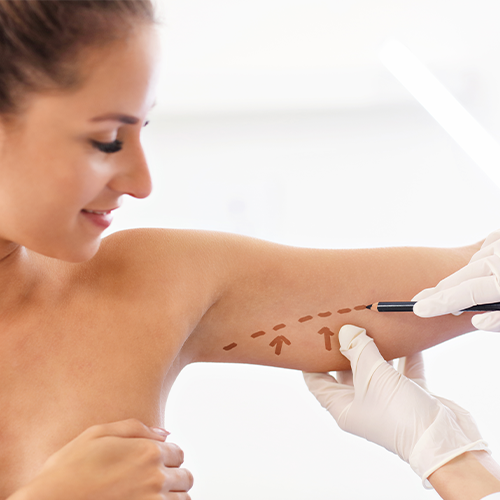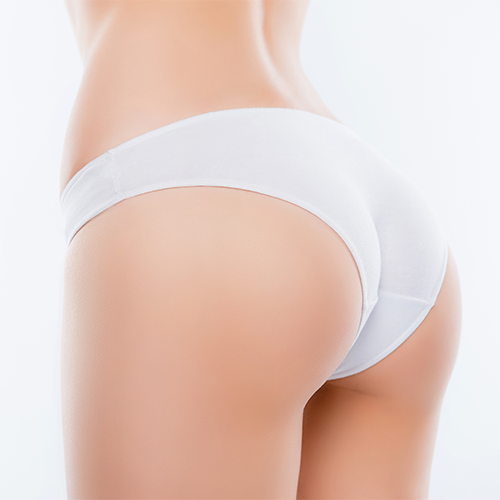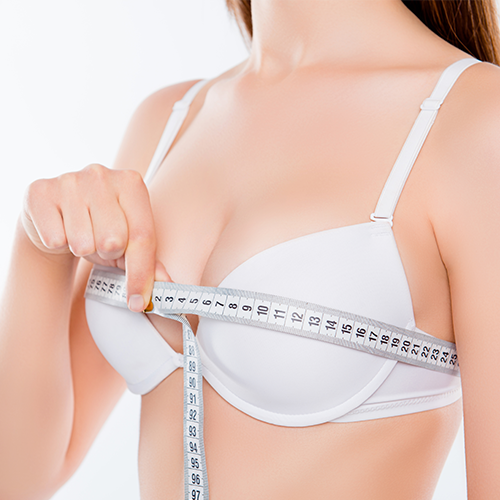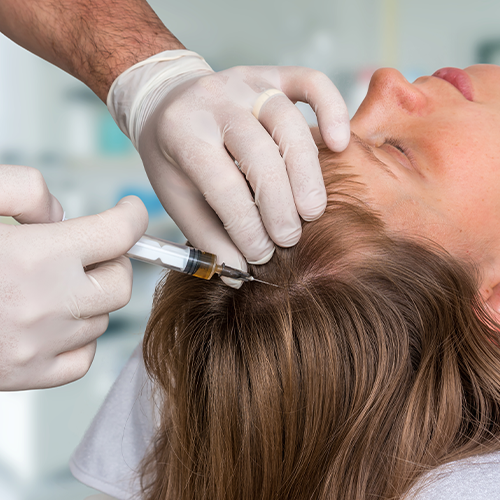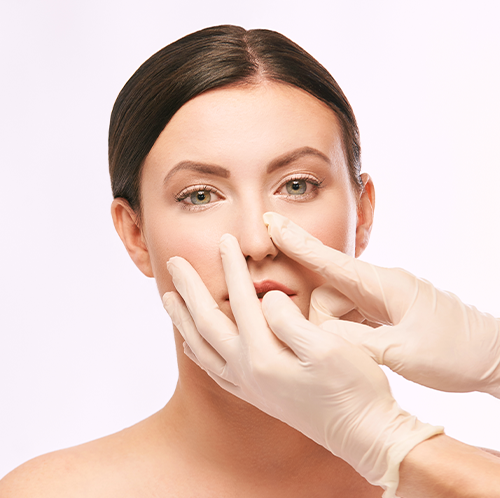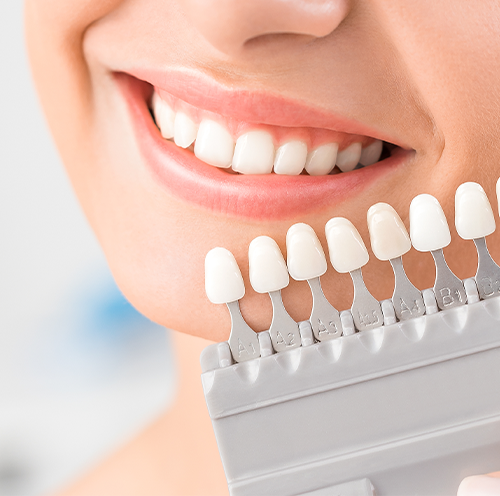
It contains the detection and treatment of position, shape, color and structural disorders of teeth and gingiva through computer-aided, detailed and intelligent analyzes.
The main areas of interest of dental and smile aesthetic procedures are:
Disorder of smile symmetry ,the array, color, length, shape of the teeth, their ratio to each other and deformative due to the space between them.
You can have a new smile design in Orenda Health with provided high quality techniques.
CadCam Technology 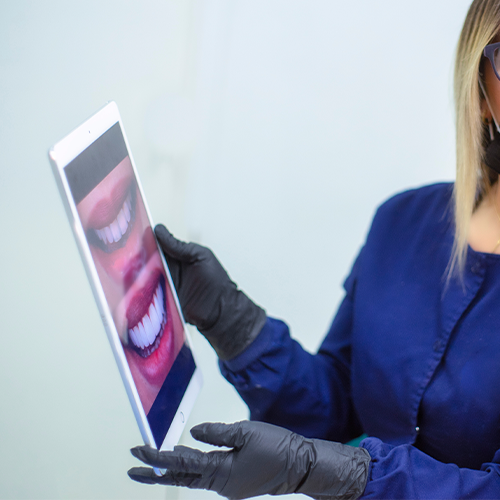
Computer supported imaging , design and production technology (CadCam) is a modern technology that provides successful results in dental and smile aesthetics. The main differences of CadCam technology in different stages of dental and smile aesthetic treatments are as follows:
Cad Cam:
The images taken from the mouth of our patients without disturbing their comfort by means of cameras enable the millimetric mouth structure. It is transferred to the computer via optical readers, displayed on the screen so the mouth size can be taken in three dimensions very clearly.
Classic Practice:
Taking measurements with materials called “spoon” is difficult and uncomfortable method for both physicians and patients. Classic practice can often cause nausea. At the same time, the measurement does not have sufficient quality and does not allow the production of prostheses that are compatible with the mouth structure in perfect size.
CadCam:
Transferring the mouth structure to the computer allows all kinds of tooth and gingival designs to be planned in a digital environment. The designs are made by displaying them on the screen and synthesizing the physician's suggestions and patients’ expectations. With the laser application, the gums are also treated and pink aesthetics is provided.
Classsic Practice
The design taken with classical methods which is made depending on the measurement, becomes visible after it is produced. It is impossible to see the design before the prosthesis is produced. Revising it due to the expectations of the person ,causes to spend time and production difficulties.
Computer Supported Design
CadCam:
The designs planned in the dijital media are realized in 3D in the computer. Dentures containing zirconium, empress and empress e-max porcelain are produced untouched by computer supported devices. You can have new teeth in a much shorter time, sometimes even on the same day. The compatibility of the restoration with the mouth is much higher. CadCam technology allows the use of materials that are more aesthetic and more compatible with the human body in tooth production.
Classic Practice:
There is a tooth production process that takes days and requires repetitive. If the measurement have mistake, it may cause the production in faulty. The success of the restoration depends on the experience and meticulousness of the manufacturing laboratory. There may be problems such as the inability of the restorations to adapt to the mouth and the remaining spaces between the teeth that cause food accumulation.
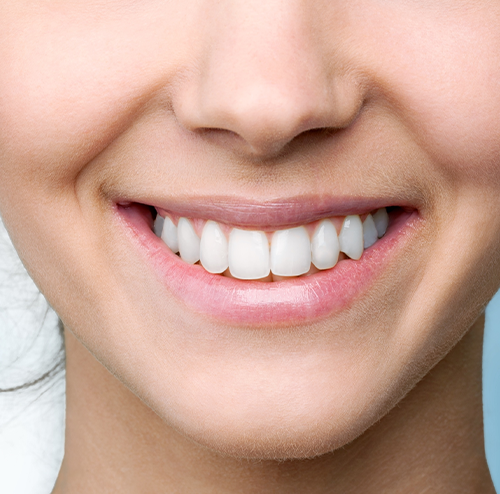
 Average length of stay
Average length of stay Length of stay in hospital
Length of stay in hospital Operation duration
Operation duration Anesthesia
Anesthesia Recovery Duration
Recovery Duration